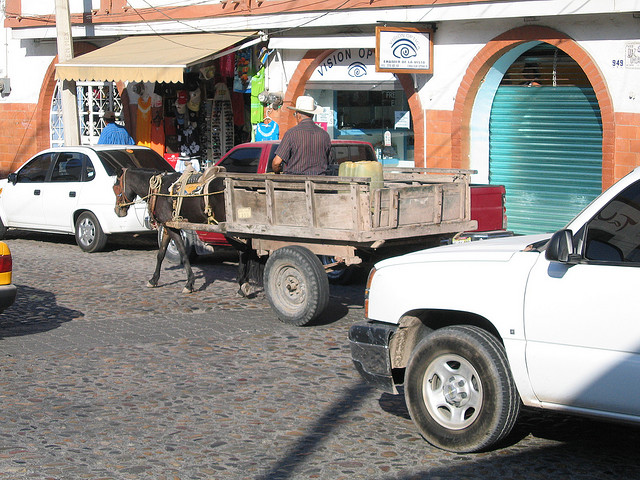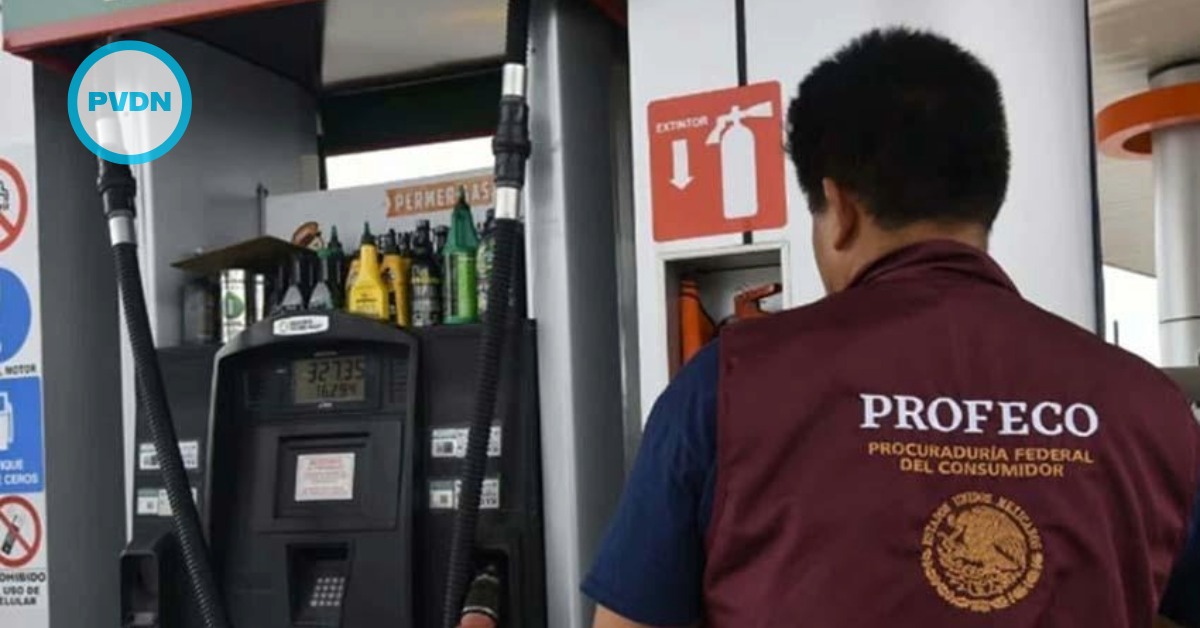In my last article, I shared my experiences commuting on the bus and this week I am continuing my travel theme. Driving daily in a new country is an intense cultural experience that quickly changes you from tourist status to resident as you adapt to a new environment. Although it is generally more convenient to drive than to take city transit, I am glad that I didn’t have to drive the first few months that I was here. I told you in a previous article that I am cautious, and I am not ashamed to say that I was . . .






